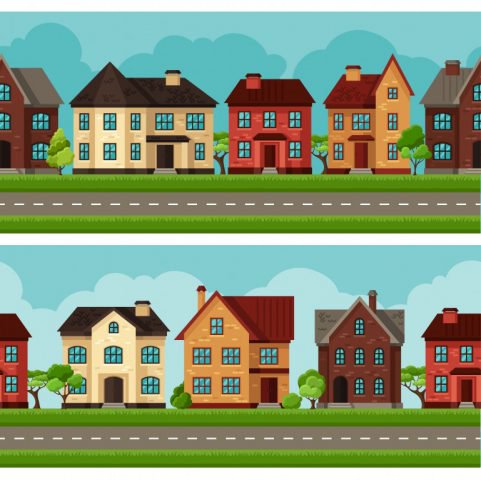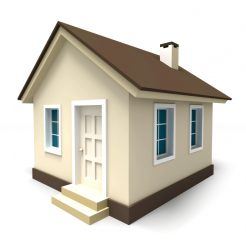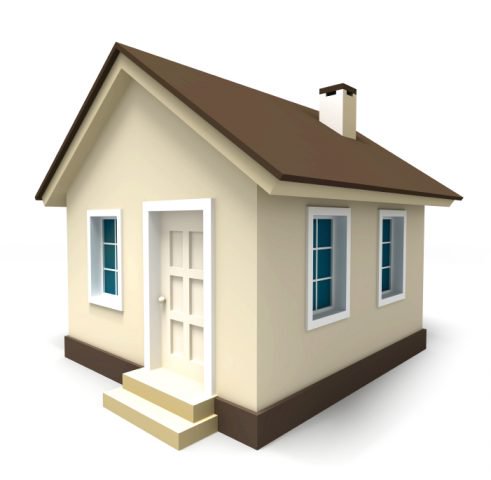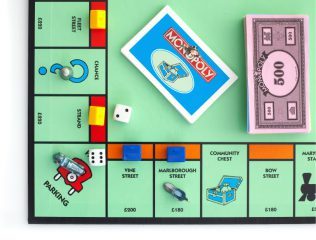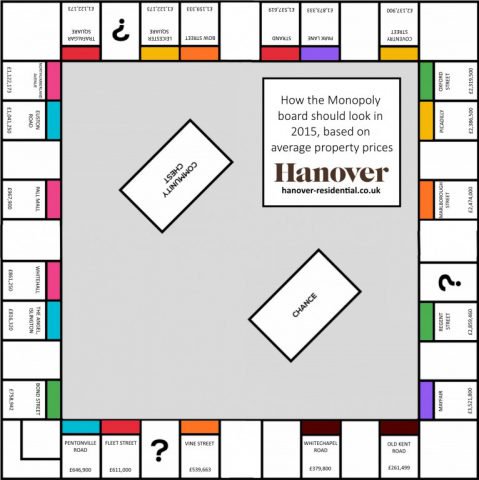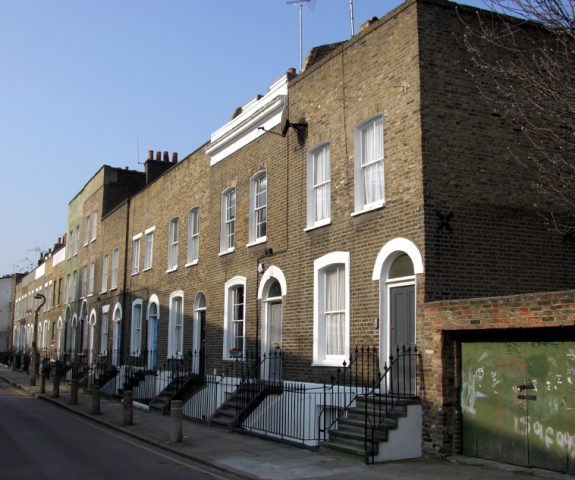Buying is Cheaper than Renting in the Whole of the UK
Prospective first time buyers would have lower monthly outgoings if they bought their own property as opposed to renting, according to a recent report from Santander.
In every region of the UK, the average monthly rent now exceeds the average monthly mortgage repayment.
The bank’s study found that hopeful buyers would save an average of £2,300 per year if they buy their own home. The average rent in the UK is currently £995 a month, compared to monthly mortgage repayments of £805 for the typical first time buyer household. This means that homeowners could save £190 a month.
The difference between renting and buying
|
Region |
Average house price | Average rent per month | Average monthly repayment with 21% deposit |
Difference between rent and mortgage |
| South West | £187,416 | £902 | £710 | £192 |
| Greater London | £363,555 | £1,555 | £1,376 | £179 |
| Scotland | £137,504 | £678 | £521 | £157 |
| Wales | £129,582 | £618 | £491 | £127 |
| North West | £137,874 | £643 | £522 | £121 |
| Yorkshire and the Humber | £136,834 | £631 | £518 | £113 |
| West Midlands | £151,224 | £674 | £572 | £102 |
| East Midlands | £144,712 | £636 | £548 | £88 |
| North East | £121,072 | £541 | £458 | £83 |
| South East | £246,023 | £959 | £931 | £28 |
| East of England | £215,082 | £816 | £814 | £2 |
| UK average | £212,610 | £995 | £805 | £190 |

Buying is Cheaper than Renting in the Whole of the UK
First time buyers in the South West would make the biggest savings by purchasing a property, as the average monthly rent in this region surpasses mortgage repayments by more than £192.
Those in London, where rents are 56% higher than the UK average, would be £179 better off per month by buying.
However, buyers in the East of England would not see much difference, as the typical monthly mortgage repayments in this region is just £2 more than the average rent.
Managing Director of Mortgages at Santander, Miguel Sard, says: “People assume that buying a property will put them under greater financial pressure, but often the reverse is true. With annual savings averaging well over £2,000, this can really mount up over time and of course, once the mortgage is paid off, you have a valuable asset to show for it.
“Many prospective first time buyers see the cost of saving for a deposit as prohibitive, but there are many deals available for smaller deposits.”
He explains: “Buying a property is a big financial commitment and there are upfront costs to consider, but over the long term, the financial benefits can be very significant. Getting independent advice and looking for competitive rates either online or through a mortgage adviser is crucial to get the best mortgage to meet potential homeowners’ individual needs.”1
Santander found that the average first time buyer home costs £212,610 in the UK. This means that a buyer with the average deposit needed – 21% – must have £44,648 in order to get onto the property ladder.
1 http://www.propertyreporter.co.uk/property/buying-is-cheaper-than-renting-across-all-of-the-uk.html



